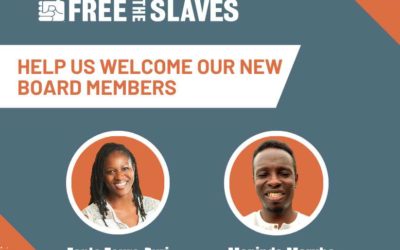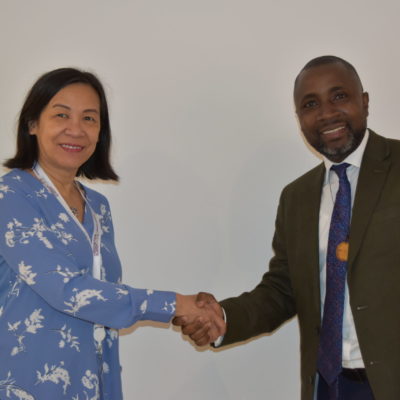Free the Slaves Executive Director Maurice Middleberg loves his job. But he says feeling good is not good enough. For true satisfaction, Maurice says he must know that his work has impact.
“I can’t get up in the morning without knowing if we’re making a difference,” he says. “I mean, really, what is the point of coming to work?”
Maurice shared his perspectives on in the importance of measuring anti-slavery successes last week with Stanford University students who are considering careers in international nonprofit work. His lecture was hosted by the Program on Human Rights at Stanford’s Center for Democracy, Development, and the Rule of Law (CDDRL) within the Freeman Spogli Institute for International Studies.
Free the Slaves is nearly at the point of helping free its 10,000th person since the organization launched in 2000, Maurice told students. But FTS can’t fly by the seat of its pants when it comes to conducting field work. Instead, Maurice described how FTS focuses on addressing the social conditions that make slavery possible. These include a lack of access to education and employment, and unfair systems of justice.
The challenge is knowing where to draw the line separating direct causes of slavery from everything else that’s not right with local, national and international institutions.
“When you are a social justice organization, you want to touch on every conceivable cause of the issue you’re trying to fix,” Maurice said. “At the same time, one of the things you have to do is have a mission that’s both clear and focused.”
FTS has recently become more analytical in documenting its hypothesis about how slavery develops and determining the types of evidence that will prove or disprove the organization’s theory of change. By analyzing which factors allow slavery to exist in India, Nepal, Haiti, Brazil, the Congo and Ghana — and which of those it can change — FTS maximizes its own bottom line: the number of people it has helped free.
“In 2013, our little $3 million nonprofit got 3,100 people out of slavery, worked with 1,200 community groups, trained 1,500 police, and our work led to the arrest of 105 perpetrators,” Maurice said. “All of that makes me believe that we are faithful to our values.”
Documenting its theory of change and the evidence behind it is also helping Free the Slaves look toward the future. FTS is creating a new 10-year vision, and part of the plan involves expanding FTS successes to other parts of the world where slavery takes hold.
No matter how successful the organization is in the communities where it works with local partners, its work is still too localized to move the global needle on slavery, Maurice conceded. For every one of the 3,100 people FTS helped free in 2013, more than 5,000 people are still enslaved. That means there’s plenty of work left to do.



